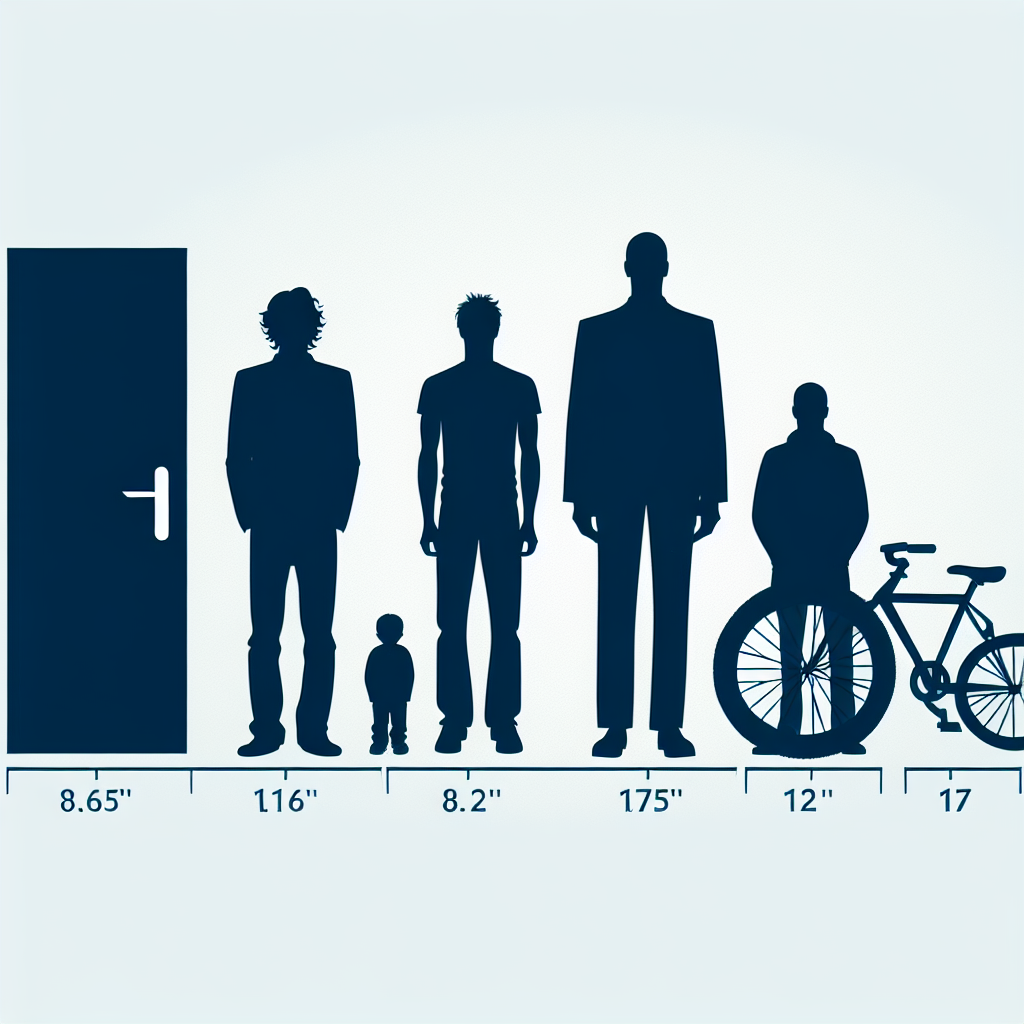Exploring the Future of E Automobiles: Questions Answered
E automobiles are at the forefront of a groundbreaking shift in the automotive industry. As electrification takes center stage, many consumers and industry experts are filled with questions about what e automobiles mean for the future. In this article, we answer some of the most pressing questions surrounding e automobiles.

What is an E Automobile?
E automobiles, or electric vehicles (EVs), rely entirely on electric energy as their source of power. Unlike traditional gasoline or diesel vehicles, e automobiles have no internal combustion engine and emit no tailpipe pollutants. With various types of e automobiles available, including battery electric vehicles (BEVs) and plug-in hybrid electric vehicles (PHEVs), consumers have diverse options to choose from.
How Do E Automobiles Work?
E automobiles operate using electric motors powered by rechargeable battery packs. When you plug in an e automobile, the batteries store electricity, which is then used to power the motor. Regenerative braking is a common feature in e automobiles, allowing the vehicle to convert kinetic energy back into stored electrical energy during braking, enhancing efficiency.
What Are the Major Benefits of Owning an E Automobile?
- Environmental Impact: E automobiles produce zero tailpipe emissions, significantly reducing air pollution and greenhouse gas emissions.
- Cost Savings: Electric vehicles often have lower operating costs compared to traditional vehicles due to cheaper electricity prices and reduced maintenance costs, as they have fewer moving parts.
- Incentives and Rebates: Many governments offer financial incentives or tax breaks for purchasing e automobiles, making them more affordable.
- Quiet Operation: E automobiles provide a quieter driving experience, which contributes to reducing noise pollution in urban areas.
What Are the Challenges Associated with E Automobiles?
While e automobiles present numerous advantages, several challenges impact their widespread adoption:
- Charging Infrastructure: The availability of charging stations can be a major concern for potential owners. Although the network is rapidly expanding, some areas still need adequate coverage, posing challenges for long-distance travel.
- Battery Technology: The capacity, cost, and longevity of batteries continue to be areas of research and development. Furthermore, battery recycling is becoming increasingly vital as demand grows.
- Initial Costs: Although the long-term savings are beneficial, the upfront costs of e automobiles can be higher compared to their gasoline counterparts.
How Long Does It Take to Charge an E Automobile?
The charging time for e automobiles can vary widely depending on several factors:
- Type of Charger: Level 1 chargers (standard home outlets) take the longest, usually 8-12 hours for a full charge. Level 2 chargers can take around 4-8 hours, while DC fast chargers can charge an e automobile to 80% in about 30 minutes.
- Battery Size: The larger the battery, the longer it will take to charge, although fast charging technology can mitigate this time frame.
What is the Future of E Automobiles?
The future of e automobiles looks promising. Innovations in battery technology, such as solid-state batteries and improvements in charging infrastructure, are being actively explored. Additionally, advancements in autonomous driving technology could change how we perceive e automobiles.
Will E Automobiles Become Mainstream?
Yes, it appears that e automobiles will become mainstream. Governments and manufacturers are investing heavily in electrification, incentivizing consumers to switch to electric. As charging infrastructure improves and more affordable models come to market, the adoption of e automobiles is likely to accelerate.
How Do E Automobiles Compare to Hybrid Vehicles?
E automobiles and hybrids both offer benefits over traditional vehicles, but they operate differently:
- Power Source: E automobiles are fully electric, while hybrids combine an internal combustion engine with an electric motor.
- Emissions: E automobiles emit no tailpipe emissions, whereas hybrids still produce some emissions.
Are E Automobiles Suitable for Long-Distance Travel?
With advances in technology, many modern e automobiles have a range of 200-400 miles per charge, making them suitable for long-distance travel. However, planning your route based on charging station availability is essential to ensure a smooth journey.
How Do Tax Credits and Incentives Work for E Automobile Buyers?
Tax credits and incentives vary by location, but many governments offer programs designed to encourage the purchase of e automobiles. In the U.S., for example, buyers may qualify for federal tax credits up to $7,500, depending on the vehicle. Additionally, some states provide extra incentives, such as rebates or reduced registration fees.
Conclusion
The rise of e automobiles represents a transformative phase for transportation and the always-evolving automotive industry. By addressing common questions and current challenges, we can better understand their impact on the future. Whether it's their benefits, drawbacks, or place in our daily lives, e automobiles are likely here to stay, paving the way for a greener, more sustainable future.
New posts

Everything You Need to Know About Battery as a Service (BaaS)
Sustainability

Exploring NIO Sports Cars: Performance, Technology, and Future Prospects
Automotive

Trends in Mobility: A Forward-Looking Approach to Transportation Innovation
Innovation







Popular posts

Smart Device Integration in Cars: Revolutionizing the Driving Experience
Innovation

Exploring the Future of E Automobiles: Questions Answered
Sustainability

Unlocking the Future: The Role of Sensors in Vehicles
Automotive Technology

Exploring the Electric Coupe: A New Era of Performance and Style
Sustainability

How Much is the AVTR Car? A Comprehensive Cost Analysis
Mercedes-Benz

Understanding NIO AD: Revolutionizing Autonomous Driving
Automotive

Revolutionizing Mobility: The Latest Breakthroughs in New Electric Car Battery Technology
Sustainability

Harnessing Solar Power: The Revolutionary Impact of Solar Roofs on Cars
Sustainability

The Future of E-Fuel Gasoline: Revolutionizing Transportation
Sustainability

Exploring Intelligent Driving: Key Questions and Insights
Transportation Innovation